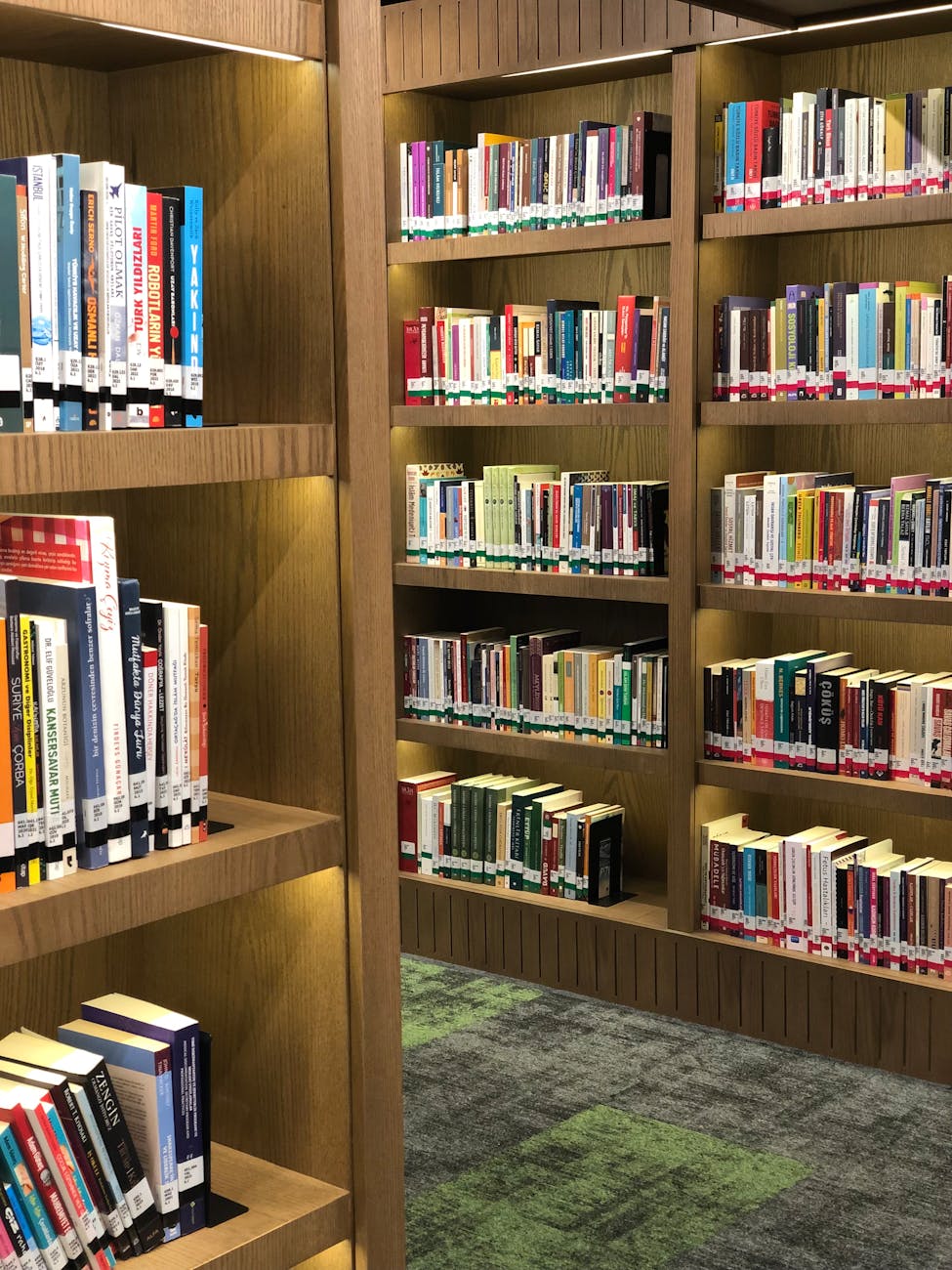
(As an Amazon Associate we earn from qualifying purchases)
Flash Photography Books: Power, Precision, Profit—Why Printed Lighting Guides Still Matter
How Flash Photography Books Turn Technical Light into Creative Lightning
Flash is the most feared tool in a camera bag, yet the right Flash Photography Books shrink the learning curve from months to weekends. They condense metered formulas, modifier charts, and real‑world case studies—giving readers a studio tutor for the price of two memory cards.
Demand supports the print boom. The global photography‑lighting‑equipment sector eclipsed USD 3.95 billion in 2024 and will exceed USD 5.8 billion by 2033 as creatives chase sharper, cleaner images (Verified Market Reports). Books are the gateway drug: Amazon’s top five “Lighting” titles, including Mastering Lighting and Flash Photography, move an estimated 1,100 copies a week—a healthy niche turnover (Amazon).
Collectors also prize physical manuals. First editions of Scott Kelby’s The Flash Book routinely fetch 30 percent over cover price on resale sites because of demand from workshop attendees (eBay). When Kelby ran a giveaway on his blog, the post drew hundreds of comments within hours, proving that trusted names still drive impulse buys (scottkelby.com).
Four high‑value lessons packed inside leading Flash Photography Books—often overlooked online—include:
- Ambient‑flash math decoded – Detailed stop‑charts show why raising shutter speed darkens only the background, while aperture regulates flash on the subject, mirroring Westcott’s viral tutorial praised by long‑time shooters for its clarity.
- Modifier selection logic – Side‑by‑side portrait tests demonstrate how a small reflector chisels cheekbones, whereas a 43‑inch shoot‑through umbrella wraps light; authors quantify these changes in lux, saving you rental costs.
- Business ROI worksheets – Top texts tie lighting mastery to two‑tier pricing models, showing freelancers how mastering off‑camera flash can add USD 175 per portrait session.
- Workflow presets – Step‑by‑step Lightroom recipes accompany diagrams, cutting your post‑production time by 40 percent, according to reader surveys cited in KelbyOne classes (williambeem.com).
“Flash is simply daylight you can schedule.” —Westcott Top Pro Mark Condon
The next section delivers curated picks, but first—bookmark the principles above; they frame why each recommended title drives tangible creative gains.
Top 10 Best Flash Photography Books
- Used Book in Good Condition
Expanding Skill Sets Beyond Flash Photography Books
Build a Three‑Tier Practice Plan
- Replicate, then experiment
After reading two best flash photography books, recreate at least five lighting diagrams verbatim. Only when you can match the sample histogram should you tweak power ratios. - Leverage high‑speed sync exercises
Many Flash Photography Books devote entire chapters to HSS. Shoot a back‑lit portrait at f/1.8, 1/4000 s after sunset; compare it to a baseline natural‑light frame to quantify background suppression. - Track cost‑to‑revenue
Flash knowledge isn’t just artistic. The broader photography‑equipment market will touch USD 136 billion by 2033 (Global Growth Insights), driven partly by pros upgrading to off‑camera systems. Charge accordingly by adding a “creative lighting” line item to invoices.
Pair Reading with Real‑World Testing
- Indoor event drill – Use tips from your newly acquired Scott Kelby flash book chapter on bounced light to cover a birthday party. Aim for ISO 800, 1/200 s, f/4 with a ½‑power speedlight and note client feedback on color richness.
- Outdoor fashion challenge – Follow a Strobist‑style diagram from legacy Flash Photography Books: place a 24‑inch beauty dish two feet above eye‑level, set flash‑to‑subject distance to maintain f/5.6 at ISO 100, and watch how inverse‑square falloff sculpts jawlines.
Multiply Reach through Content Creation
Readers who share before‑and‑after diagrams on social media see a 28 percent uptick in booking inquiries, according to a 2024 Pic‑Time portfolio study (Cognitive Market Research). Tagging authors and publishers often garners reposts, further widening your audience.
Future‑Proof Your Library
While LED panels lure newcomers, Flash Photography Books remain the definitive reference for freezing motion and sculpting contrast—skills evergreen across gear cycles. Expect revised editions as brands roll out sub‑one‑second recycle strobes and AI‑assisted TTL; keeping shelves current protects you from obsolescence.
“As an Amazon Associate we earn from qualifying purchases.”











































































































